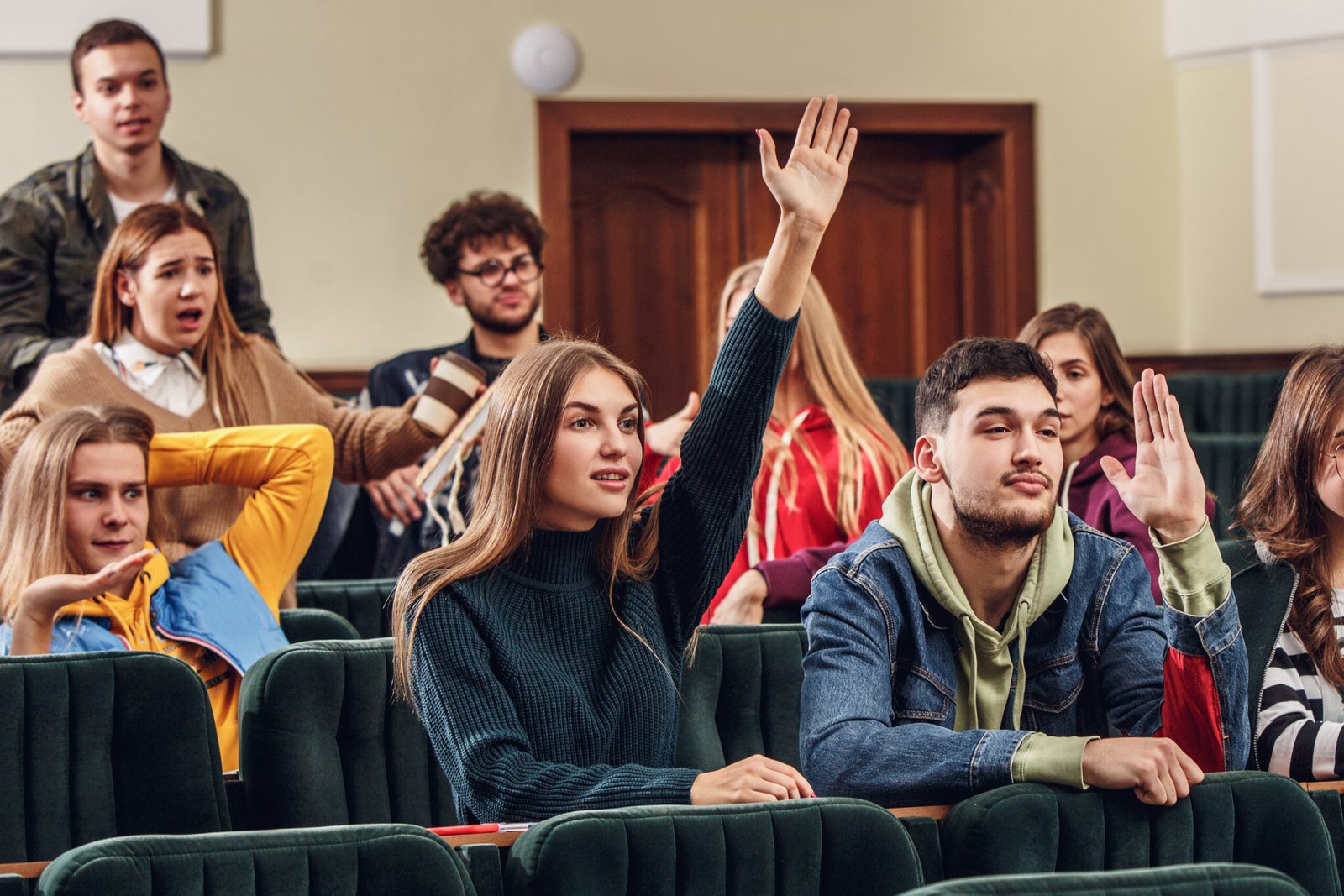Today, especially in advanced education, hands-on learning is an important part of education. Instead of just listening to lectures, experiential learning encourages active involvement and using what you have learned in the real world. The different aspects of experiential learning and how it changes students and schools are talked about in this piece.
The Concept of Experiential Learning
What it Means and Some Rules
Students gain information, skills, and values through direct experiences that do not happen in a traditional classroom setting. This is called experiential learning. It is based on the idea that you learn best by doing, and that thinking about what you are doing is an important part of that. Some of the most important concepts are active participation, critical reflection, and real-world application.
Background History
John Dewey and other educational thinkers pushed for learning that is connected to real-life situations. This is where experiential learning got its start. David Kolb built on the model and came up with the Experiential Learning Theory (ELT), which gives us an organized way to think about how we learn.
Benefits of Experiential Learning
Getting Students More Involved
By making learning more meaningful and interesting, experiential learning gets students much more involved. Students are more motivated and involved when they are required to actively take part in and own their learning process through activities like jobs, lab work, field studies, and service learning.
Bringing Theory and Practice Together
One great thing about active learning is that it can help you connect what you have learned in the classroom with what you can do in real life. When students can see how what they are learning applies to real life, it helps them learn more and remember what they have learned.
Getting Better at Important Skills
A lot of skills that are in high demand in the job market can be learned through hands-on experiences. Some of these are problem-solving, communication, leadership, and critical thinking. Students can build these skills in a meaningful way by doing tasks that are relevant to the real world.
Promoting Learning Throughout Life
When kids learn by doing, they learn how to learn. They learn how to think, which helps them keep growing personally and professionally. This method encourages a way of thinking that helps people learn new things and adapt to a world that is always changing.
Forms of Experiential Learning in Higher Education
Job Shadowing and Co-ops
Co-ops and internships are structured work experiences where students learn real-world skills and more about the areas they are interested in. These chances often lead to job offers and are great for making business connections.
Learn Through Service
Service learning combines doing good things in the community with schoolwork. Students work on projects that meet the needs of the community and help them learn more about school and being a good citizen. This focus on both learning and helping others is good for both the students and the groups they work with.
Programs to Study Abroad
Students can learn about different countries and ways of teaching through study abroad programs. These programs help students see things from different points of view, learn about other cultures, and build global skills that are very important in today’s connected world.
Projects for Research
Students can learn how to use scientific methods and help create new knowledge by working on study projects. These kinds of experiences can be especially helpful for people who want to work in academia or businesses that rely on research.
Simulations and Role-playing
Simulations and role-playing exercises provide a controlled environment where students can practice and hone their skills. These methods are commonly used in disciplines such as medicine, law, and business, where practical experience is crucial.
Challenges and Considerations
Allocation of Resources
To run experiential learning programs, you need a lot of things, like money, time from teachers, and help from the school. Universities need to be very careful about how they use these funds to make sure that the programs last and work well.
Checking and Checking Again
It can be hard to grade the results of practical learning because they are subjective and vary from person to person. It is important to make strong assessment frameworks that correctly measure how much students have learned and grown.
Fairness and Ease of Access
It is very important to make sure that all kids have the same chances to learn through experience. Institutions must address obstacles like a lack of funds, problems with location, and varying levels of student readiness.
Case Studies
Implementation That Works
A number of universities have successfully added hands-on learning to their programs. Northeastern University’s co-op program, for example, is known for how big and important it is. Every year, it gives thousands of students real-world learning experiences. In the same way, over 20,000 students at the University of Waterloo in Canada take part in co-operative education every year.
What I Learned
Case studies from different schools show important lessons for setting up programs for practical learning. Some of these are how important strong relationships with businesses are, how important it is for students to have a lot of help, and how important it is to keep getting feedback and making things better.
Conclusion
That being said, experiential learning is a lively and powerful way to teach that has many benefits for both students and schools. Higher education can better prepare students for the complicated world we live in by focusing on events outside of the classroom and encouraging them to keep learning throughout their lives.
